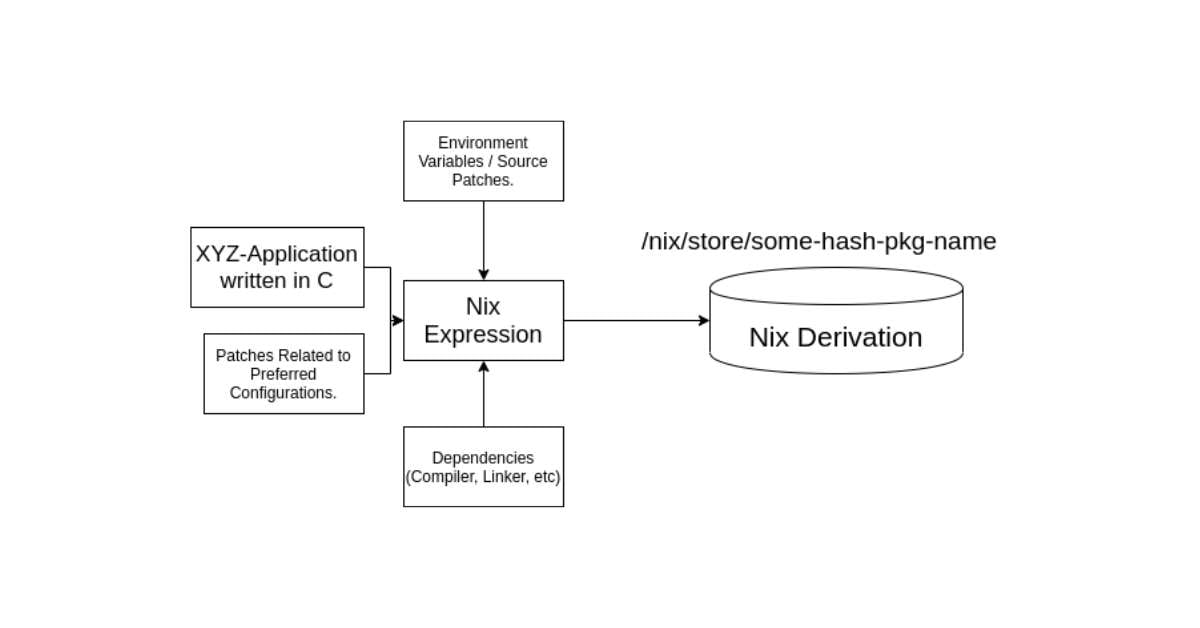Embracing Open Source: Navigating Risks and Opportunities
Open Source Software (OSS) has emerged as a cornerstone of modern IT infrastructures, offering undeniable benefits in cost savings, flexibility, and innovation potential. However, the adoption of OSS also presents challenges, particularly in the realm of IT security.
Recent incidents have underscored the inherent risks associated with OSS. A notable case involved the Linux software tool XZ Utils, where hackers masquerading as devoted developers gained access to the code for months, embedding a backdoor. This breach was only averted thanks to the acute awareness of a developer who noticed minimal delays in SSH commands. Such incidents highlight the absolute necessity for constant vigilance, even within venerable open-source projects.
Understanding the complexities of open-source software security
A critical strategy for the secure utilization of OSS lies in implementing a comprehensive security framework. Central to this approach is continuous, real-time monitoring of the entire IT ecosystem. This involves keeping a current inventory of all OSS components, their versions, dependencies, and all connected devices.
Automation plays a pivotal role in maintaining security standards. It supports agile patch management, regular vulnerability scans, and ongoing verification of security policies and compliance requirements. Such processes alleviate the workload on IT teams, allowing them to focus resources on critical security tasks.
The Role of Language in Software Development
In a seemingly unrelated yet crucial note from the world of software development, Linus Torvalds, the founder of Linux, has recently called attention to the importance of clarity in commit messages. With the release of Linux 6.12 on the horizon, Torvalds expressed his frustration over the use of passive language in development documentation.
“I try to make my merge-commit messages reasonably coherent, so I often edit the pull request language to fit a more standardized layout and language usage.”
This clarion call for concise and clear communication not only eases collaboration but also reflects the broader trend of striving for efficiency and transparency in software development practices. Torvalds advocates for the use of active voice and imperative language in commit messages, emphasizing clarity and directness.
One example he provided highlights the difference:
- Instead of saying, “In this pull request, the Xyzzy driver’s error handling was fixed to avoid a NULL pointer dereference,” he suggests, “This fixes a NULL pointer dereference in the Xyzzy driver.”
By driving this point home, Torvalds is advocating for better communication, which is as critical to security as it is to collaboration. The clarity in language serves a dual purpose: it enhances understanding among developers and mitigates potential security risks stemming from miscommunication, especially in open-source projects where multiple contributors engage.
The significance of clear communication in development
The Intersection of OSS and Security
The balance between leveraging the potential of open-source solutions and managing their risks is the crux of contemporary IT strategy. Organizations must recognize that while OSS presents transformative opportunities for digital innovation, it also requires a rigorous security posture.
As cyber threats grow in sophistication, a proactive and holistic approach to IT security has become essential. Modern security solutions offer comprehensive visibility into all endpoints and assets in real-time, enabling organizations to perceive OSS not merely as a risk but as a significant opportunity. Strategic adoption of OSS, coupled with stringent security measures, can turn challenges into catalysts for digital transformation.
Organizations can capitalize on the dynamic capabilities of OSS while ensuring maximum protection for their IT environments. The solution rests with implementing strategies that encompass the full IT landscape, empowering quick responses to threats while simplifying security management complexities.
Conclusion
In conclusion, the world of open-source software is fraught with challenges and opportunities. As noted by industry leaders like Linus Torvalds, the effectiveness of communication plays a pivotal role in the success of collaborative development environments, where security must remain paramount. Through a combination of clarity in documentation, vigilant security practices, and embracing the innovative spirit of open-source projects, organizations can navigate these complexities successfully.
By fostering a culture of security awareness and communication excellence, the transformative power of OSS can be harnessed, turning potential risks into avenues for significant technological advancements.
Harnessing potential in open-source technology
For anyone looking to stay updated on these trends, it is essential to engage with the broader community, absorb insights from experts in the field, and continuously adapt to the evolving landscape of open-source software and security practices.


 Photo by
Photo by 











